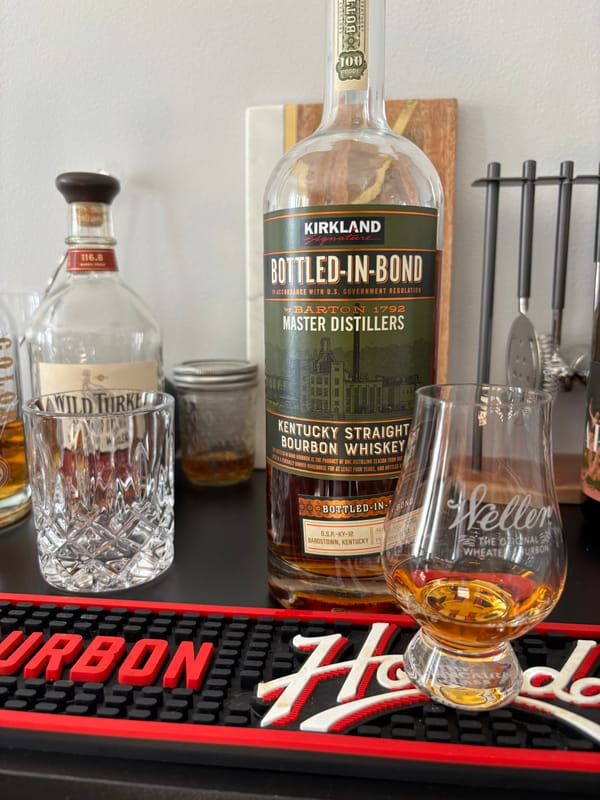Whiskey Warehouse Ventilation Truth: The Breeze You’ll Wish You’d Breathed Sooner

Warehouse Ventilation: The Whiskey Air You Can’t Dodge
Warehouse ventilation isn’t just airflow—it’s whiskey’s flavor breath, and if you don’t know its breeze, you’re missing the wind that shapes every barrel. It’s physics, not chance. Here’s the clear truth about whiskey warehouse ventilation, from rickhouse to sip, and why it’s your 2025 must-know.
What Is Whiskey Warehouse Ventilation?
U.S. law requires whiskey—51% grain minimum—to age in new charred oak, distilled to 160 proof max, barreled at 125 proof max, and bottled at 80 proof minimum. Ventilation—open windows or slats in warehouses—controls air circulation, unregulated by law. Every whiskey’s aging feels this breeze, no sealing it off.
How Ventilation Shapes Whiskey
Barrels at 125 proof or less age two-plus years—often four to eight—in rickhouses. High ventilation—open air—keeps humidity steady (50-70%), slowing water evaporation, and softening oak’s vanilla pull. Low ventilation—stagnant air—spikes dryness, raising proof to 130+—corn’s sweet or rye’s spice intensifies—every gust tweaks the cask, no fan forces it.
What Ventilation Means for Your Sip
Ventilated whiskey—balanced at 100 proof—melds grain and oak smoothly—bourbon’s corn or rye’s spice hums with vanilla. Stagnant-aged—bold at 130 proof—oak’s caramel dominates. Every sip’s flow—the law allows it—rides this breeze, no tweaks alter it.
Why Warehouse Ventilation Matters in 2025
Ventilation’s whiskey’s flavor wind—by 2025, catching it could steer every pour’s path, from gentle to gutsy. It’s the truth in the air—don’t miss its breath. Want to taste ventilation’s sway?
Check out NEAT: Whiskey Finder—it’ll help you track down bourbon and whiskey near you.





